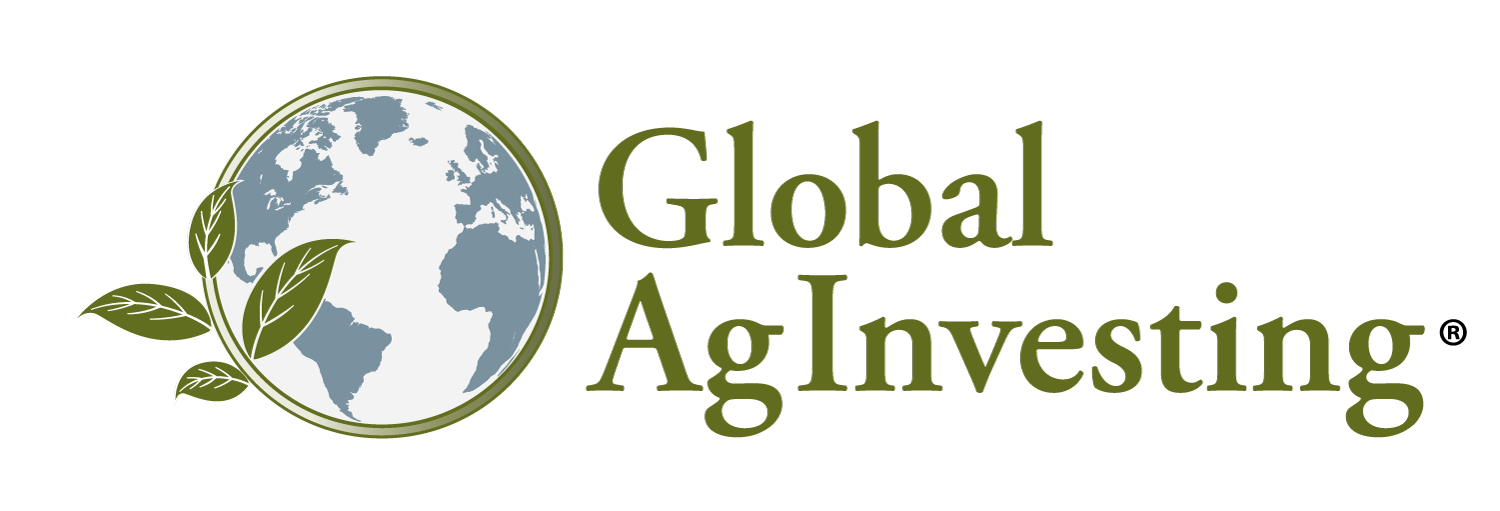March 16, 2023
By Lynda Kiernan-Stone, Global AgInvesting Media
McCain Foods is investing CAD$600 million (US$436 million) – its largest global investment in the company’s 65+ year history – to double the size and output at its facility located in Coaldale, Alberta, Canada.
Up until now, McCain has operated a processing facility in Coaldale since 2000 that has employed 225 people and has worked with potato farmers across Southern Alberta.
“The development in Alberta marks our largest global investment in our 65-year history, totalling $600 million, while underscoring our commitment to the future of agriculture and innovation in Canada,” said Max Koeune, president & CEO, McCain Foods.
“This will fuel continued growth for the business, allowing us to serve key markets further by bringing customers high quality potatoes that begin with our dedicated local farming community.”
Construction on the project is expected to begin later this year, and will create two new state-of-the-art production lines that once fully operational, will require both hourly and salaried employees to manage, more than doubling the workforce at the site to 485.
Importantly, reflecting McCain’s sustainability goals, the project will also integrate wind turbines and solar panels, providing 100 percent renewable electricity to the facility. Additionally, renewable biogas generated at the wastewater treatment facility will be transported to the steam boilers as an offset to natural gas demands, and a water recycling system will be implemented that will produce clean, potable water to be used in the manufacturing process.
We Can Thank Parmentier
Making a significant move such as this appears to be supported by the market trends. On a global scale, the frozen potato market is projected to grow at a CAGR of 4.2 percent to reach a value of US$83.8 billion by 2028 – up from a value of US$62.7 billion in 2021, according to The Insight Partners.
Worldwide, lifestyles are rapidly changing, with more single-person households and more women in the workforce, resulting in a rise in demand for convenience foods – and potatoes are an ideal frozen item, since they don’t lose their taste or benefits compared to fresh.
More regionally specific, the North American frozen potato market is forecast to grow at a CAGR of 4.3 percent between 2021-2028 to climb from a value of $22 billion to $29.6 billion over that time period.
Indeed, potatoes are the most popular vegetable in North America – a rank that’s been held for six years.
“…potato sales at food service last year increased 12 percent from the year before,” said Kim Brashears, chief marketing officer, Potatoes USA, said in an interview earlier this month with DRG News. “Twelve percent is a pretty sizeable increase. Now we definitely lost some sales during the COVID era when restaurants were shut down. But they’re rebounding and there’s no indication the rebound isn’t going to continue.”
This level of popularity wasn’t always the case. Today, the vegetable is the fifth most important crop in the world, following wheat, corn, rice, and sugar. But a few hundred years ago, it was an unknown – and even suspicious item.
There are stories of Marie Antoinette wearing potato flowers in her hair and Louis XVI wearing them on his lapel as a way to convince the farmers of France to plant and grow the crop, and for the people – who believed that potatoes caused leprosy and were only suitable to be fed to hogs – to agree to even eat them.
But it was a man named Antoine-Augustin Parmentier who finally got potatoes on the menu. While a prisoner of war during the Seven Years’ War (1754-1763), Parmentier was forced to eat potatoes as his rations – and he became a convert.
Once released, he championed the crop, insisting potatoes were good for you and even helpful for people suffering from dysentery. He conducted a publicity campaign and served them at high-profile dinners with guests including Benjamin Franklin, among others – all falling flat.
It wasn’t until Parmentier changed tactics and had a field planted with potatoes, stationing armed guards around the field, giving the impression that the vegetable was extremely valuable. However, he instructed the guards to allow the potatoes to be stolen, or to accept any bribes in exchange for a potato.
Very soon after, by 1794, the potato began to fully gain popularity in France, and went on to help fight famine in the north of the country the following year.
And the rest, as they say, is history.
~ Lynda Kiernan-Stone is editor in chief with GAI Media, and is managing editor and daily contributor for Global AgInvesting’s AgInvesting Weekly News and Agtech Intel News, as well as HighQuest Group’s Unconventional Ag. She can be reached at lkiernan-stone@globalaginvesting.com.
*The content put forth by Global AgInvesting News and its parent company HighQuest Partners is intended to be used and must be used for informational purposes only. All information or other material herein is not to be construed as legal, tax, investment, financial, or other advice. Global AgInvesting and HighQuest Partners are not a fiduciary in any manner, and the reader assumes the sole responsibility of evaluating the merits and risks associated with the use of any information or other content on this site.

Let GAI News inform your engagement in the agriculture sector.
GAI News provides crucial and timely news and insight to help you stay ahead of critical agricultural trends through free delivery of two weekly newsletters, Ag Investing Weekly and AgTech Intel.




